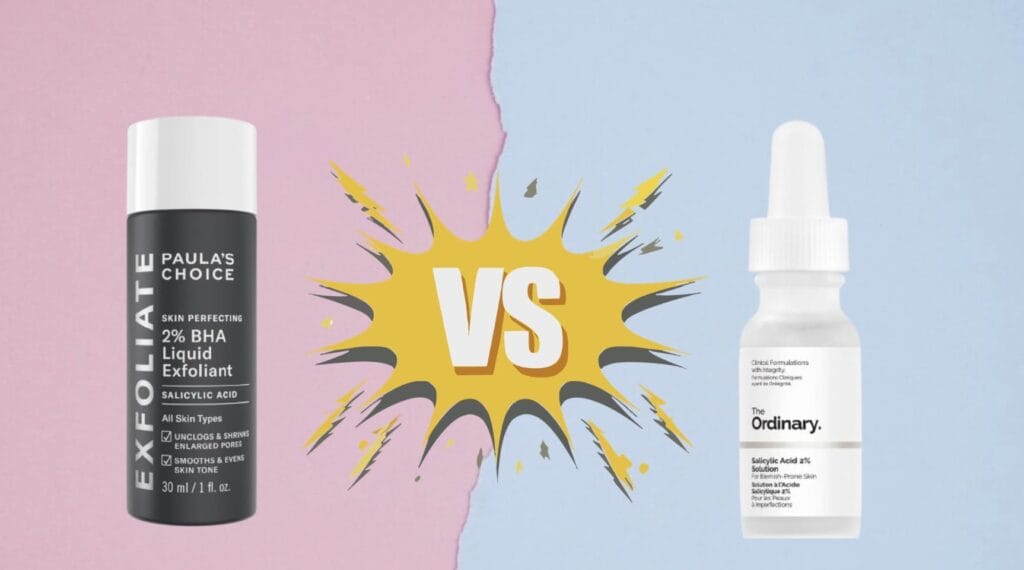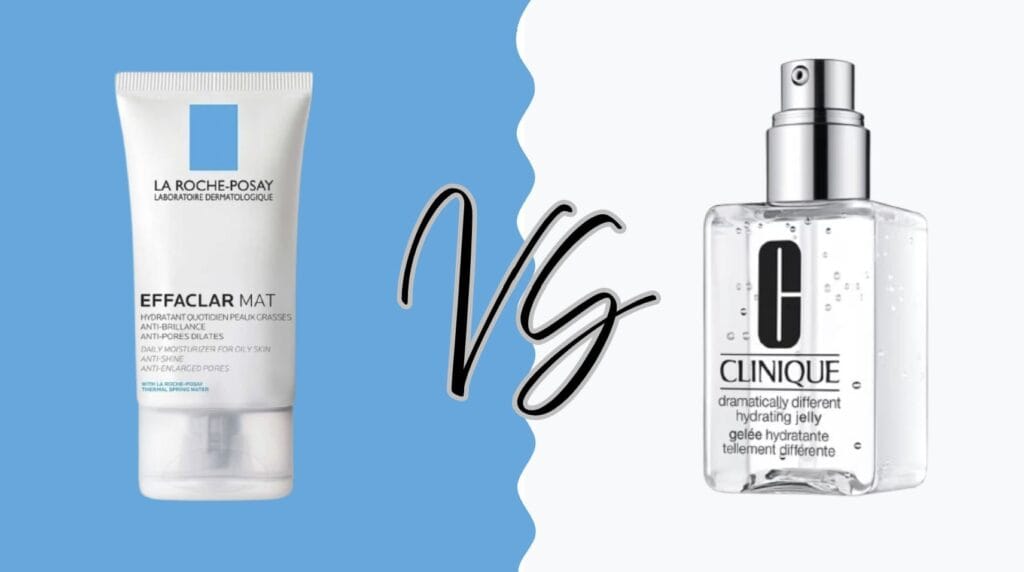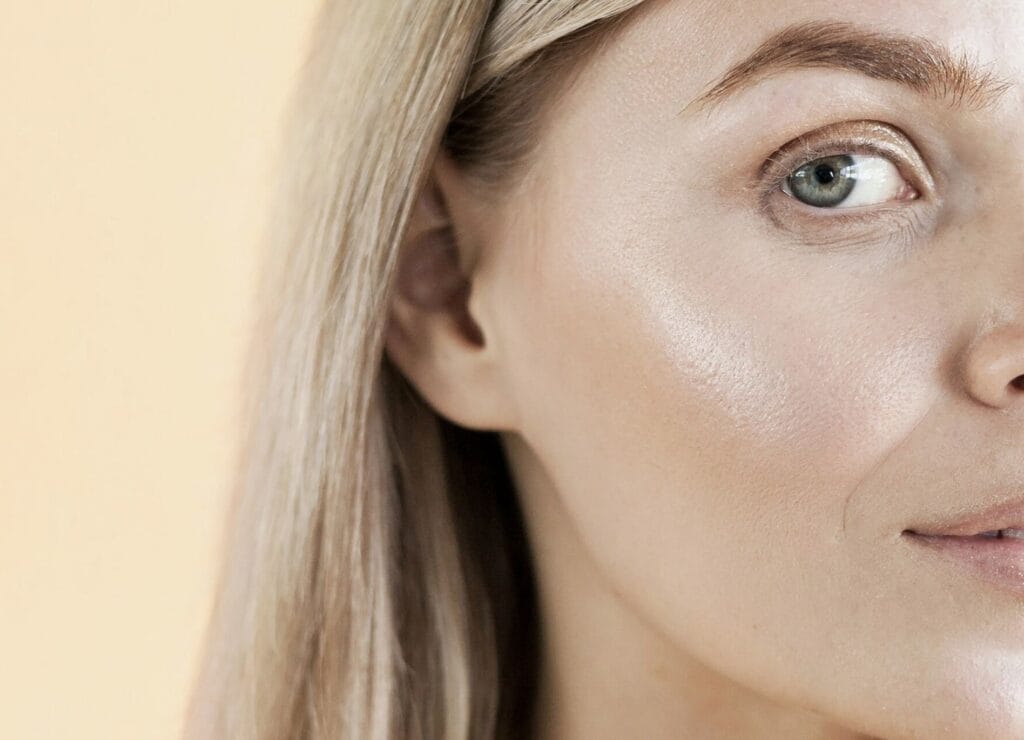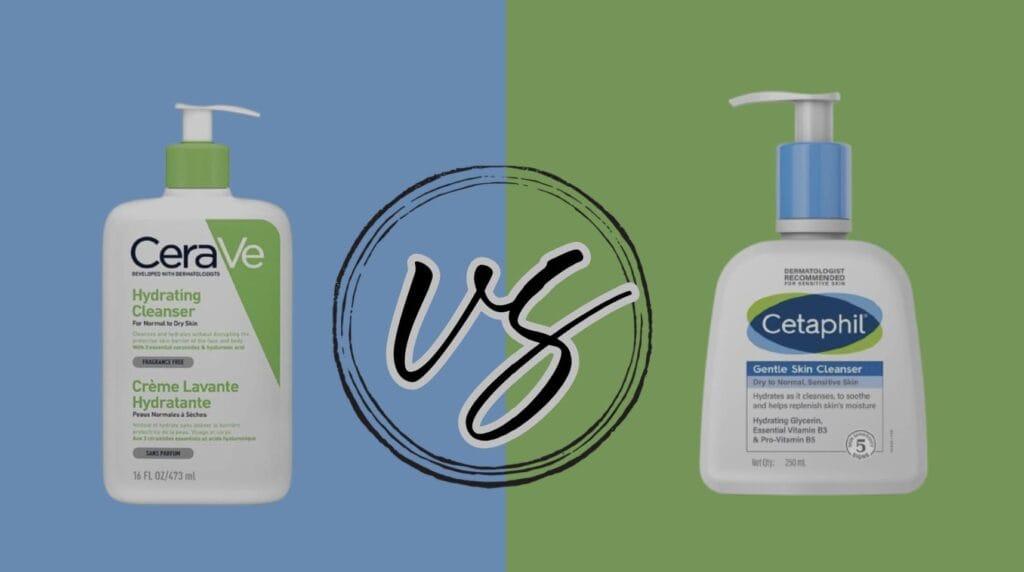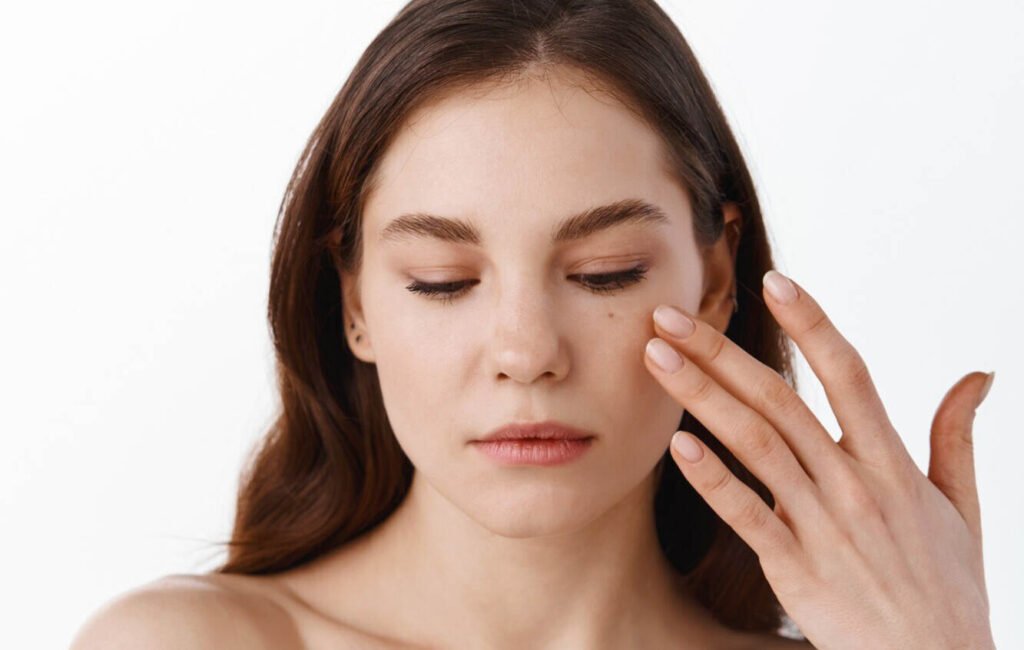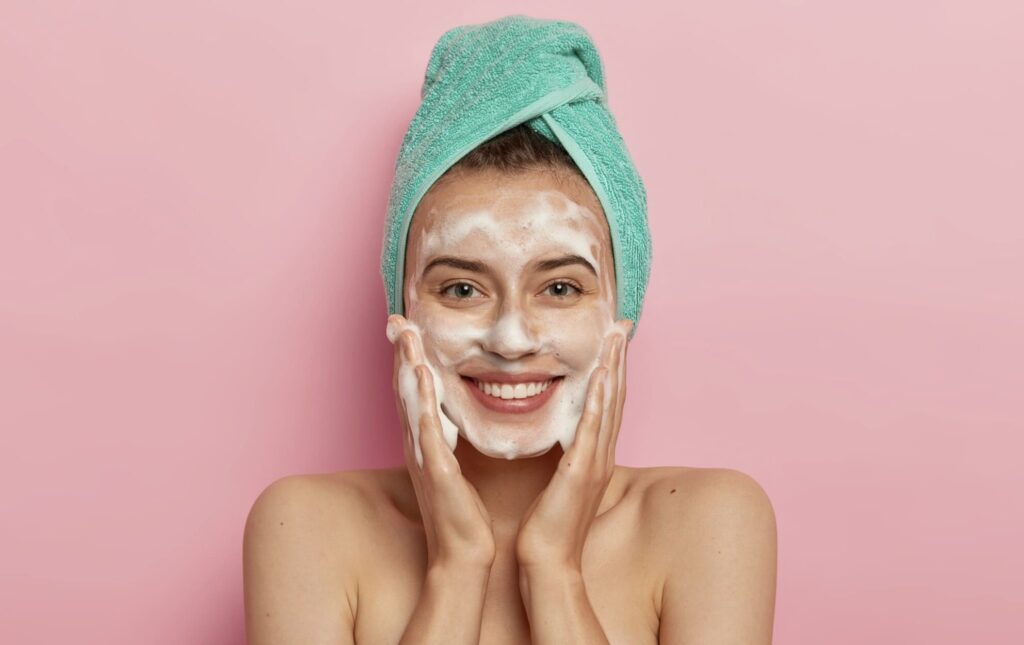If you find your skin ever feels tight, flaky or just thirsty – no matter how much moisturizer you apply – then it could well be time to discover the magic of the best hydrating serum for dry skin.
When your skin is both parched and in need of a boost of hydration, layering creams may not cut it. You could layer on thick moisturizers and still see that your skin was missing that dewy, nourished appearance. Sound familiar? This is where hydrating serums come in — believe me, they’re a amazing part of the skincare routine.
The best hydrating serum for dry skin doesn’t just sit there like a moisturizer. It goes deep to replenish moisture where your dry skin needs it most. These serums are loaded with humectants like hyaluronic acid, emollients and actives that are meant to bind water to your skin, and keep it there.
If you’ve been looking for the best serum for dry skin then we’re with you. With so many options out there, finding out what works and what doesn’t may feel overwhelming. This guide, from the key ingredients to using your serum for dry skin properly, is your guide to glowing, hydrated skin.
Did You Know?
Even a 1% of hyaluronic acid can carry as much 6 liters of water. That’s why it’s one of the best-loved ingredients in any serum for hydration!
Understanding Dry Skin
Dry skin can feel tight and uncomfortable. It can manifest as flaky, tight or even irritated skin. In order to address these issues head on, it’s important to know what really causes dry skin and how having a serum for hydration can be beneficial.
Also, It’s important to know the benefit of how a serum for hydration can be beneficial. A good hydrating serum can help to replenish moisture, repair the skin barrier, and pack in skin-loving nutrients — so it’s definitely a worthwhile step in any routine. Address the root causes of dryness to restore a balanced and healthy complexion.
Key Ingredients to Look For
Before choosing out the best hydrating serum for dry skin you must understand how they work. Unlike oils or creams that act as a barrier to keep moisture inside your skin, hydrating serums bring moisture into the deeper layers of your skin. They’re lightweight, fast-absorbing, and packed with ingredients that pull water into your skin cells.
A fantastic serum for dry skin would then complement your moisturizer. It primes by hydrating, your creams seal in when they do the work of replenishing the water you just drank in, which wouldn’t happen without this step, and your ubiquitous dry skincare routine is incomplete without one, I’d say.
- Hyaluronic Acid: Ability to hold 1,000 times its weight in water, I do not need to say more about the reason why hyaluronic acid was included in the serum for dry skin!
- Glycerin: a natural humectant, suitable for helping the skin to maintain the required moisture store.
- Ceramides: These lipids help repair the skin barrier, preventing moisture loss and keeping the skin hydrated.
- Vitamin E: Famous for its antioxidant properties, Vitamin E locks in moisture and makes skin resilient.
Tailor the Serum to Your Skin’s Requirements
Not all dryness is the same. Your issue could be dry skin means it’s missing water or dehydrated skin it’s missing oil. Both need water, but the best serum for dry skin will address the needs that are individual to your skin.
If you’ve got flaky, rough, lackluster skin, you need more than hydration – you need barrier repair! Then, search for serums with lipids and ceramides. But if you’re simply feeling tight and looking tired in your skin, hydrating humectants like hyaluronic acid or polyglutamic acid are great.
Still unsure? Here’s a quick guide:
| Skin Concern | Best Ingredients | Ideal Serum Type |
|---|---|---|
| Flaky Skin | Ceramides, Squalane | Nourishing + Hydrating |
| Tight Skin | Hyaluronic Acid, Glycerin | Purely Hydrating |
| Irritated Skin | Panthenol, Aloe Vera | Soothing Hydration |
Read the Ingredient Label Like a Pro
We get it — labels can be scary. But if you want to find the best serum for dry skin, understanding how to read an ingredient list is a must. The best ingredients are listed first, so make sure your hydrating agents of choice are in near the top of the line-up.
Steer clear of alcohol-based formulas, or heavy fragrances that can dry your skin out even further. Choose clean, pared-down formulas if your skin is sensitive.
Look for:
- Sodium Hyaluronate/Hyaluronic Acid
- Glycerin
- Lactic Acid
- Centella Asiatica
Introduce It to Your Dry Skincare Routine the Right Way
Incorporating a serum for hydration into your dry skincare routine will make a difference to moisture levels in your skin. Here’s how to manage it:
- Clean: Begin with a mild cleansing so that skin is free of impurities, but still contains its natural oils.
- Toner: Apply hydrating toner to your skin to help your face better absorb your serum.
- Apply Serum: A few drops of your serum for dry skin and press it into your skin.
- Hydrate: Then apply a hydrating moisturizer to seal in the moistening.
Pro Tip: Apply your serum on slightly damp skin for better absorption. This technique can enhance the effectiveness of your serum for dry skin.
Choosing the Right Texture
That serum for hydration might work the way it does whatever that might be because of its texture. Here are a few textures to think about:
- Gel texture: Perfect for oily or combination skin types, who find that heavier creams feel too greasy.
- Rich Oil: This is great for any client that needs hydration that lasts and has very dry skin, this oil is extremely moisturizing and it will provide nutrients to their skin.
- Creamy Serum: A gel-oil power blur that multitasks as an ultra-light hydrator too. Ideal for all, gel cream texture.
The Importance of pH Balance
Balancing the pH of your skin is so important for healthy skin. Most serums are designed to be pH-balanced, but it’s always a good idea to check. When it’s too acidic or too alkaline, a serum can disrupt the skin’s natural barrier.
Pro Tip: Look for serums with a pH level between 4.5 and 5.5, which is ideal for maintaining skin health.
Seasonal Considerations
Your skin’s hydration requirements evolve with the seasons. So, for instance, in the winter you might find that you require a more concentrated serum for dry skin caused by the cold, arid atmosphere. Conversely, a lighter formula may be enough in the summer.
It may be necessary to change your dry skincare routine according to the season. Think about using a thicker serum in winter and a lighter one in summer.
How to Layer Products Effectively
Correctly layering your skin care products can also ensure your best hydrating serum for dry skin delivers maximum benefits. Here’s a simple guide:
- Go thinnest to thickest: Start with your serum, then lighter lotions, and end with the heavier creams.
- Wait between layers: Apply products once they have had time to absorb to avoid pilling.
Pro Tip: Use a facial mist between layers for added hydration, especially if your skin feels particularly dry.
Common Mistakes to Avoid
When deciding between serums and hydration, there are plenty of opportunities to make mistakes. Here are a few of the pitfalls to avoid:
- Forget Ingredients: Always check out the label and skip out serums with nasty chemicals or irritants.
- Overdoing Products: You don’t have to have it all together. If you want the best results, follow the prescribed amount.
- Hitting Without Sunscreen: Needless to say that you should always wear sunscreen during your facial skin care routine in the morning — even if you’re using a hydrating serum.
Conclusion: Trust the Process, Hydrate the Skin
It doesn’t have to be hard to find the best hydrating serum for dry skin. You only need the right ingredients, a good routine and patience. Whether you’re suffering from flaky cheeks or lackluster winter skin, the perfect serum for hydration can help enliven your complexion.
Listen to your skin. It frequently informs you what it wants. And when in doubt, less is more — especially in a dry skin-care routine. Find a serum that works and stick with it — just be sure to lock it in with a great moisturizer.
Once you meet your match, you’ll wonder how you ever lived without it.
FAQs
Can I use a hydrating serum if I have oily skin?
Yes! Oil skin needs hydration too. Opt for lightweight, oil-free serums that hydrate without causing breakouts. There are great ingredients like Hyaluronic Acid, which are perfect for oily skin types
Are there any side effects of using a hydrating serum?
Hydrating serums are typically safe for most skin sorts. But if your skin is sensitive, it’s important to patch-test new products to steer clear of irritation. If you have sensitive skin, seek serums without harsh chemicals or fragrances.
What is the difference between a hydrating serum and a moisturizing cream?
A serum is thinner and looks more like water and can pack more concentrated hydration or active ingredients. By comparison, a moisturizing cream is thicker and serves as a barrier and moisture lock for the skin.


